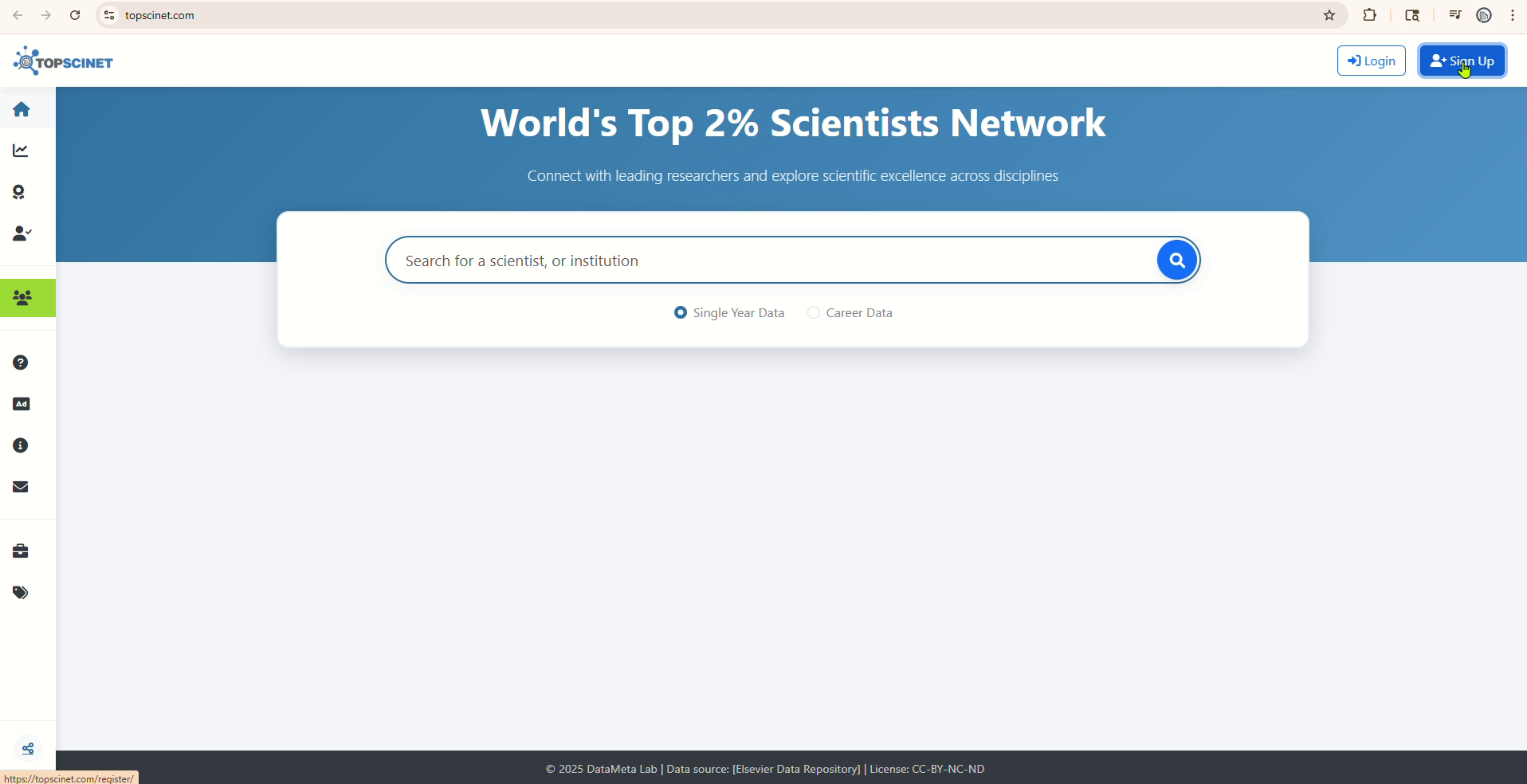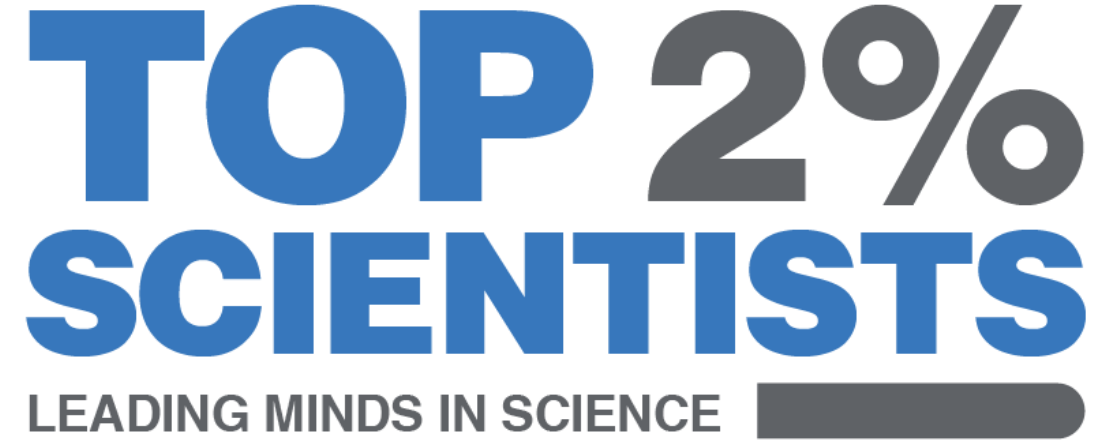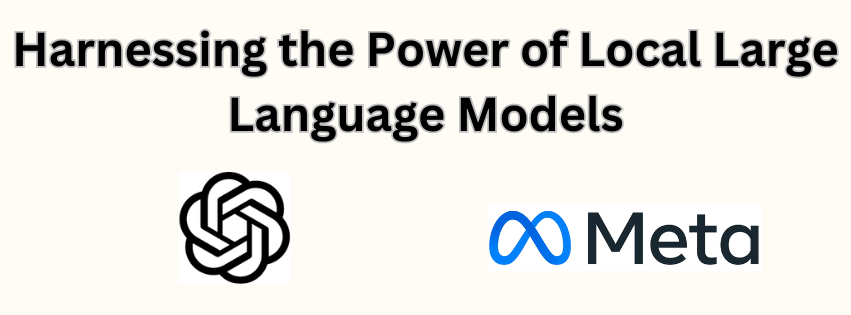In recent years, the emergence of local Large Language Models (LLMs) has revolutionized various industries by providing accurate and efficient solutions for tasks such as text generation, translation, and summarization. With local LLMs, researchers can customize language models to suit their specific medicine research needs without compromising data privacy or exceeding their budget. Unlike commercial services, local LLMs offer a cost-effective, private, reproducible solution that empowers researchers. These open-source models can be deployed on individual devices or servers, providing unparalleled flexibility, control, and reproducibility. This article will explore the benefits of leveraging local LLMs in medicine and research, present compelling examples, and discuss the associated challenges and opportunities.
The Benefits of Local LLMs in Medicine and Research
So, what makes local LLMs so appealing? Here are just a few advantages:
- Cost-effectiveness: Unlike subscription-based services, local models can be run on existing infrastructure, making them a more
an affordable option for researchers. - Privacy: Local LLMs enable the analysis of sensitive data without compromising patient confidentiality – a critical
consideration in medical research. - Control and reproducibility: Researchers can fine-tune local models to meet their specific needs and ensure that outputs
remain consistent over time. - Flexibility: Local LLMs can be used on various operating systems and devices, making them accessible to researchers worldwide.
Examples of Local LLMs in Action
Researchers are already leveraging the power of local LLMs in innovative ways:
- Medical Transcription and Summarization: Endocrinologist Johnson Thomas is developing an alternative to commercial services using AI to transcribe and summarize patient interviews. This project can improve clinical workflow efficiency, enhance data analysis, and support better decision-making.
- Cell Analysis: Researchers at Portrai in Seoul use a local LLM called CELLama to analyze cell gene expression data. Leveraging local models can accelerate research and uncover new insights into cellular behavior.
- Protein Design: Scientist Thorpe designs new proteins using ProtGPT2, an open-weights model with 738 million parameters. This work can potentially revolutionize various industries, including biotechnology and pharmaceuticals, sparking anticipation and excitement for the future of research and medicine.
Challenges and Opportunities
While local LLMs offer numerous benefits, they also come with some challenges:
- Limited Availability of Local Models: Some researchers may need help accessing or using local models.
- Need for Expertise: Using local LLMs requires technical knowledge and experience. This barrier can be overcome
through training and education programs. - Continuous Learning and Improvement: Researchers must stay current with the latest developments in local LLMs to ensure they remain competitive in an ever-evolving field.
Getting Started with Local LLMs
In the realm of language models, users have the option to access and utilize software such as Ollama, GPT4All, or Llamafile to set up a local large language model (LLM). These platforms are designed to offer users access to a wide array of open models, either via command line interfaces or user-friendly graphical interfaces. This accessibility makes it convenient for researchers to explore the potential applications of local LLMs. The true potential of large local language models lies in their capacity to revolutionize the fields of medicine and research. They offer cost-effective, secure, and reproducible solutions for a diverse range of tasks, and their benefits significantly outweigh the challenges associated with their implementation. With ongoing innovation and collaboration, we have the potential to unlock new opportunities in these crucial fields.
Related posts:
On-Device Inference with Hugging Face’s Optimized Segment Anything 2
References
FORGET CHATGPT: HOW TO RUN AI LOCALLY ON A LAPTOP (PDF)
Searchable Database for Top 2% Scientists
Visit TOPSCINET.com
If your name appears in the search results, claim your profile using your institutional email to update your social media links and enhance your online presence.




Pingback: The Stealing Genius of LLMs: Are They Great Artists? - Top 2% Scientists
Pingback: How AI Empowers Employees and Transforms Industries - Top 2% Scientists
Pingback: Peer Review Payment Scandals in Major Academic Publishing - Top 2% Scientists